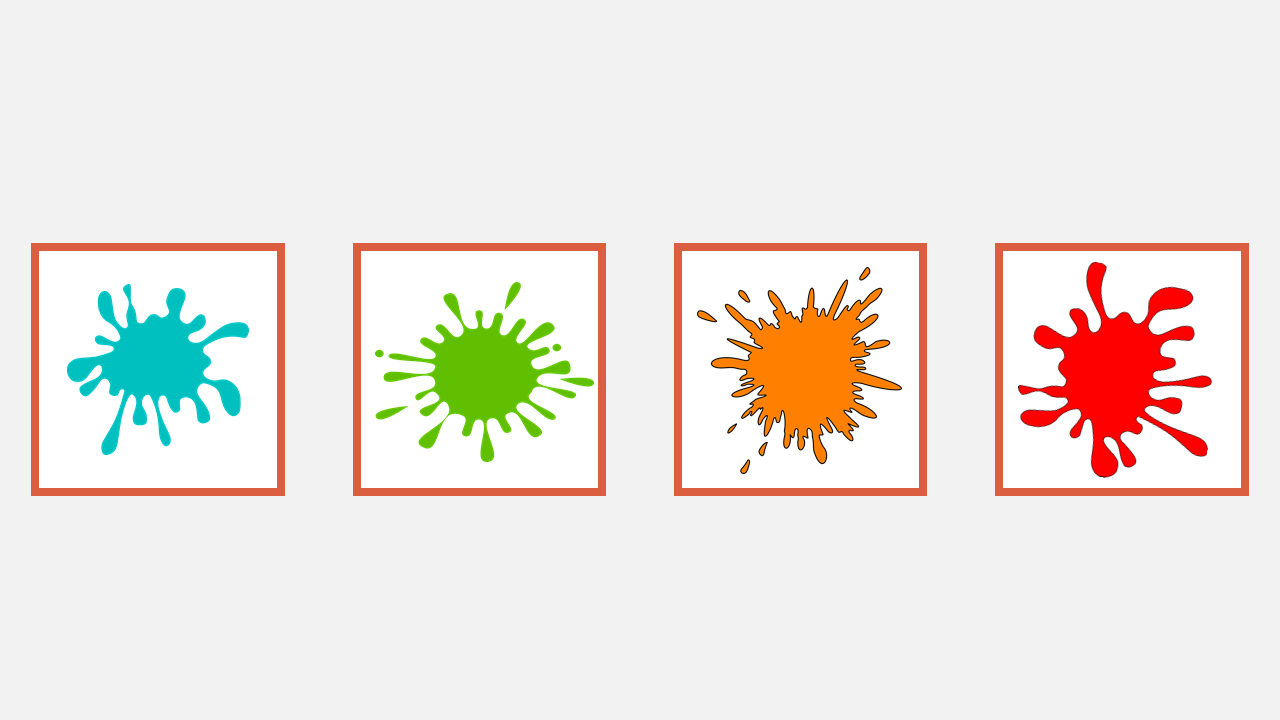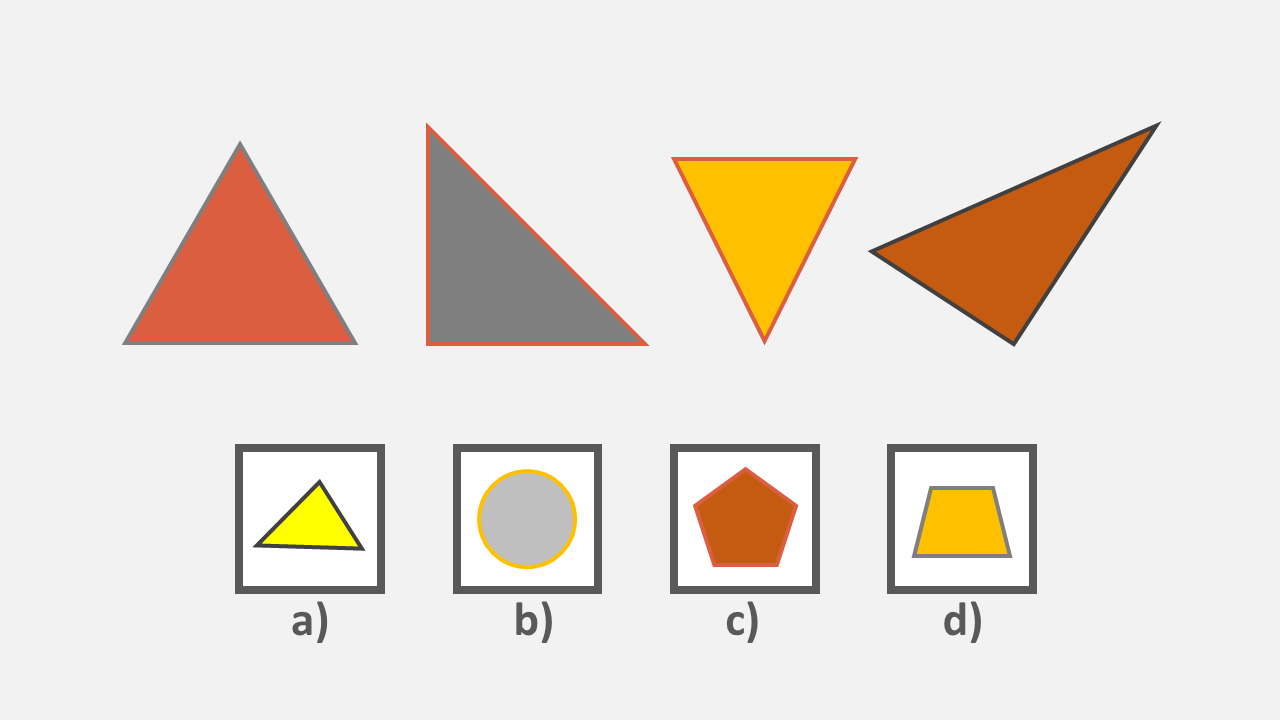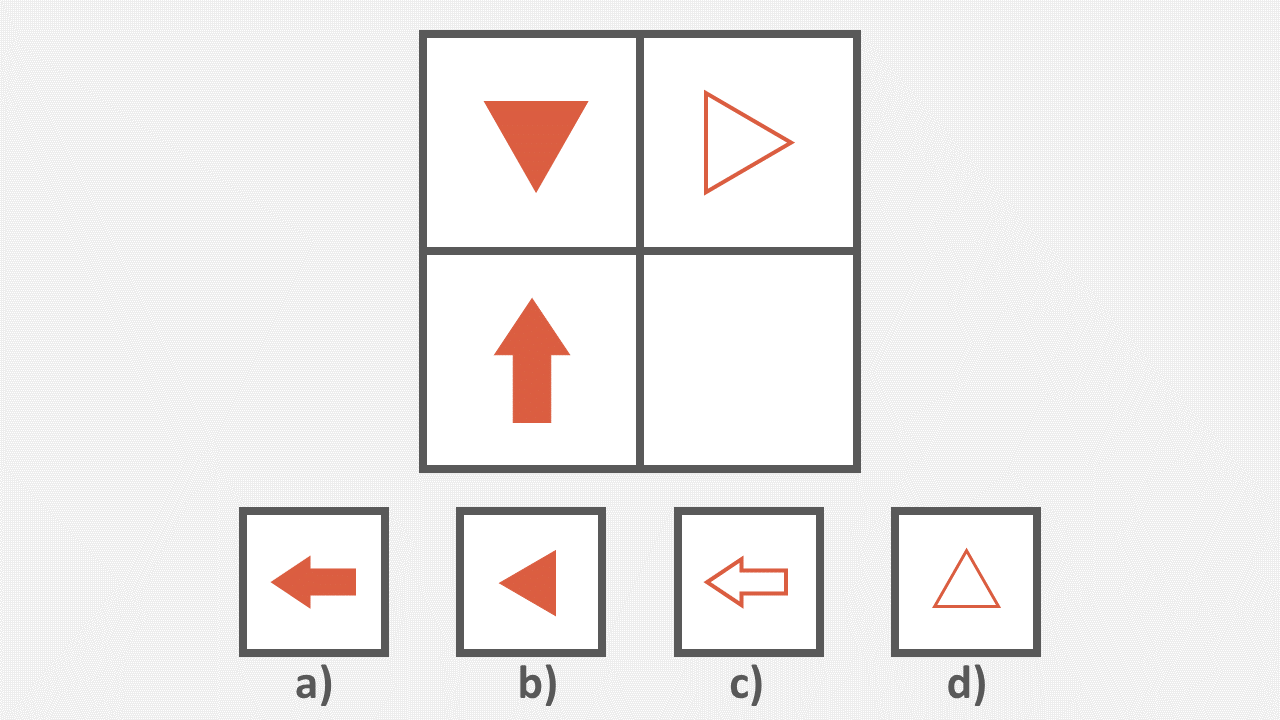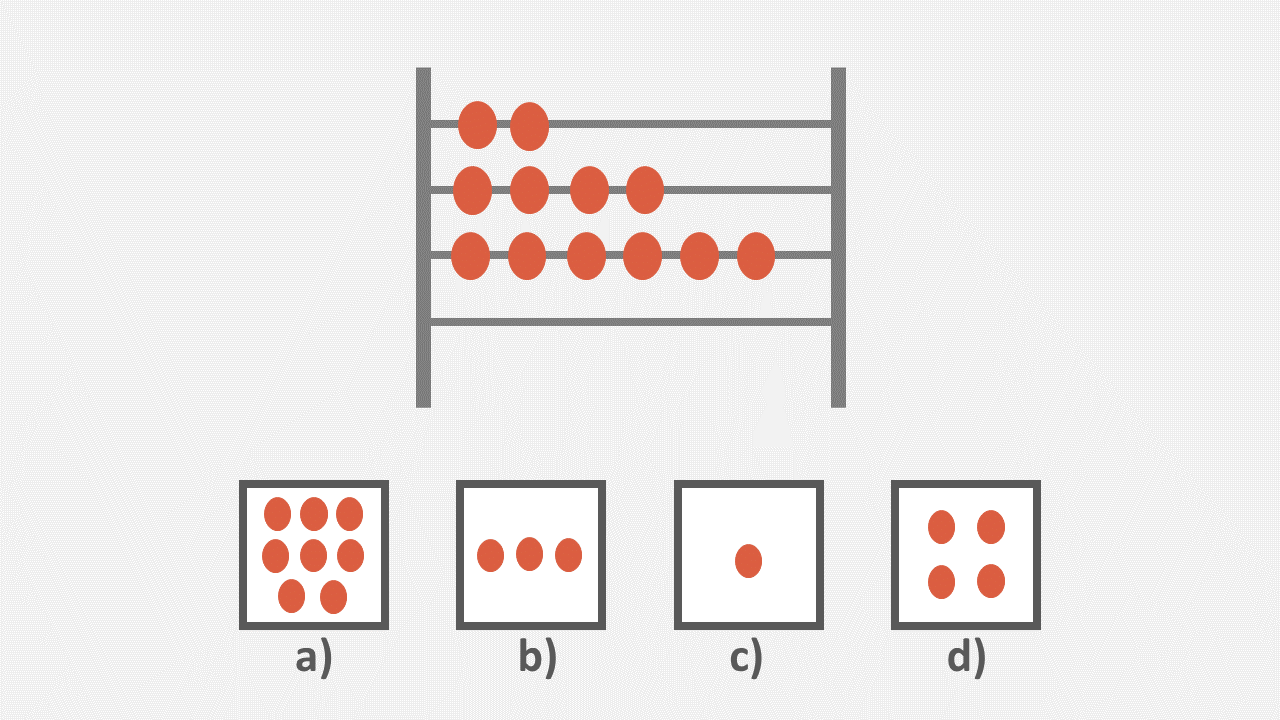How to Pass the CogAT Kindergarten Test in 2025
Updated November 5, 2024
What Is the CogAT Kindergarten Test?
The CogAT (the cognitive abilities test) is a series of assessments that children take throughout their time at school. At its core, it is an aptitude test that is designed to assess how well a child is progressing in comparison to their peers.
Schools use this test to assess their students at least once a year, with most educational facilities choosing to undertake testing twice throughout the academic year.
By considering the CogAT scores, educators are able to identify cognitive development and any children who require extra help, as well as those who may benefit from being placed in a talented or gifted program.
The exact test children take depends on their age. There are fourteen different levels of testing. Children in kindergarten will typically be given the CogAT Level 5/6.
How Is the CogAT Kindergarten Test Different From Other CogAT Tests?
Because the kindergarten test is targeted towards the youngest children, it is formatted differently compared to the tests older children would take.
There is an understanding that students of this age may still be in the early stages of learning to read.
This means that, rather than expecting children to read and answer questions for themselves, the majority of questions will be picture-based. Any reading will be performed by the test administrator.
Practice CogAT Kindergarten Test with Test Prep Online
How Is the CogAT Kindergarten Test Structured?
Students taking the CogAT test will find that there are three distinct sections. Each of the three sections is split further into three subsections, meaning that students will complete nine assessments in total. The questions are offered in a multiple choice format.
During the kindergarten assessment, children will have 112 minutes in which to answer 118 questions.
CogAT Kindergarten Verbal Battery
The verbal battery of assessments is designed to assess a child’s ability to answer language-based questions. For young children, a lot of this is done in picture form, with questions or statements read by an adult.
The three sections of the verbal battery are:
CogAT Kindergarten Picture Analogies
The youngest children taking the CogAT test will find that this section involves pictures rather than words.
They will be shown a group of images that are somehow connected. The task is to select the correct connection for the images from a selection of options.
There are fourteen questions in this section.

a) Animals
b) Colors
c) People
d) Vehicles
e) Flags
CogAT Kindergarten Sentence Completion
In this section, the teacher will read a sentence that has a word missing. Children will be required to select the correct word to complete the sentence from several possible options.
There are fourteen questions in this section.
The ______ barked and wagged its tail.
a) Horse
b) Cat
c) Dog
d) Pig
e) Rabbit
CogAT Kindergarten Picture Classification
In the final section of the verbal battery of tests, students will be shown three images that are in some way connected. They will then need to choose from a range of possible options to select an image that fits with one of the previous images.
There are fourteen questions in this section.
CogAT Kindergarten Non-Verbal Battery
The non-verbal battery of assessments is designed to look at a student's ability to use reasoning to answer questions.
It is a particularly important section for children who struggle with reading, as all of the questions are image based, no matter the age group. This means that it is possible to gain a more accurate idea of how well a child is progressing.
The three subcategories for the non-verbal battery are:
- Figure Matrices
- Paper Folding
- Figure Classification
If you want 12-month access to all the practice resources for this test, our partner TestPrep-Online.com offers a Family Membership.
Family Membership gives you access to all the TestPrep-Online resources for the next 12 months. You will also get two separate accounts, which can be very helpful if you have two children preparing for their tests.
Get a Family Membership with 12-month access
CogAT Kindergarten Figure Matrices
The figure matrices section of the non-verbal battery is very similar to the number analogies section, which can be found in the quantitative battery of tests.
Children completing the figure matrices section of the non-verbal battery will be presented with a 2 x 2 grid.
Three of the sections will be filled with images or shapes. The top two will be related in some way, and students must look at a selection of choices to decide what should be in the fourth box.
There are fourteen questions in this section.
CogAT Kindergarten Paper Folding
This section looks at a student's ability to understand what a piece of paper would look like when it is folded or unfolded.
For the youngest children, they will be shown an image of a piece of folded paper. They must then consider a variety of options and decide what it would look like once it is unfolded.
There are 10 questions in this section.

CogAT Kindergarten Figure Classification
In the final section of the non-verbal battery, students are presented with three images. They must then choose from a selection of options to find one which fits with the group. This tests their ability to recognize patterns.
There are fourteen questions in this section.

CogAT Kindergarten Quantitative Battery
The quantitative battery of assessments looks to evaluate a student's ability to understand abstract reasoning, quantitative reasoning and problem-solving abilities. This is done through a series of number-based image questions.
The three subcategories for the quantitative battery are:
CogAT Kindergarten Number Analogies
Children are shown a set of four boxes. Three of the boxes will have images or shapes. The task is to decide how the shapes are related and then select the correct answer for the missing shape from a selection of options.
This section contains fourteen questions.

CogAT Kindergarten Number Puzzles
For young children, this section uses pictures to solve number puzzles.
Children are shown pictures that are designed to represent simple math problems. Each set of images will have a gap, and they will be required to choose an image that they feel fills the gap from a range of possible options.
This section contains ten questions.
CogAT Kindergarten Number Series
For this section, children are shown a selection of images. These are generally of beads on an abacus-style toy. They will then need to decide what the next image in the sequence should be from a variety of choices.
This section contains fourteen questions.
CogAT Kindergarten Example Question:
How many beads should be on the last bar?

Practice CogAT Kindergarten Test with JobTestPrep
How to Pass the CogAT Kindergarten Test in 2025
The CogAT test looks to evaluate the abilities of a child in comparison to their peers and age-related expectation.
To ensure that your child is able to perform to the very best of their ability on the day, there are a few simple things that can be done to prepare for the actual test.
It is a good way to access problem-solving skills, reasoning skills and reasoning abilities in English on a grade level.
Taking the time to practice some of the key skills required in the CogAT test can also help to reinforce any skills that children have previously struggled to fully understand.
Step 1. Take Practice Tests
There are CogAT practice tests and sample questions available that children can use to help familiarize themselves with the style of questions found on the CogAT test.
A study guide is a great way to prepare for the test day and the test format, and this CogAT test prep will familiarize your child with the types of questions.
It may be that your child would benefit from alternative methods if they struggle to focus for long periods of time, but the tests can still be a useful way for parents to understand what will be expected of their child during the testing process.
Step 2. Practice Following Instructions
When they take the test, children will need to understand and follow instructions. It is important for them to know how to do this.
Playing games, such as chutes and ladders, can help children to understand processes like following instructions, counting and turn-taking.
Another way to practice following instructions would be to bake a cake together. Reading through the instructions and following the process step-by-step can help children to gain the skills that they will need for the CogAT test.
Step 3. Play Simple Mathematical Games
Games that involve rolling a dice, counting or shape recognition can help children to practice their mathematical skills.
Playing this type of game makes practicing fun and can mean that children feel more confident when presented with number or shape questions.
Step 4. Read With Your Child
Ideally, reading to your child would start at birth, but it’s never too late to start.
Sharing books with your child will help them to learn letter sounds, word recognition and vocabulary. You don’t have to spend hours each day reading; 10 minutes at bedtime is enough to make a positive difference.
Step 5. Play Recognition and Memory Games
Playing games, such as Snap, and memory matching games can help children to develop their memory and shape recognition abilities.
This can be useful when it comes to taking the CogAt test, as they will need to be able to recognise the similarities and differences between shapes and patterns.
Step 6. Get Enough Sleep
Getting enough sleep is vital for everyone, no matter how old they are, but it is especially important for young children.
Studies have shown that ensuring children have enough sleep is beneficial for their long-term brain development, as well as concentration, focus and emotional wellbeing.
Step 7. Eat a Balanced Diet
Eating a balanced diet is about much more than just nutrition. Studies have shown that eating a diet that is high in protein and complex carbohydrates can help to improve focus and concentration. It can also help children feel fuller for longer.
Ensuring that your child takes a multivitamin can also help them to perform to the best of their ability.
The CogAT test is a cognitive ability test that examines how a child solves problems and makes decisions.
The test is split into three areas of verbal battery, quantitative battery and a nonverbal battery.
A CogAT kindergarten test will test a child on the fundamentals of these areas and the questions will reflect what they learn at that level of education.
There is no passing or failing when your child sits gifted testing. It is important that they feel relaxed and there is no pressure on them to perform well.
Ensure they are well fed and well-rested before they take the test. You can spend some time revising what they have learned in kindergarten but avoid putting any stress on your child.
The CogAT test is taken right up through to 12th grade. At the kindergarten level, a child will have to sit 118 questions in 112 minutes.
To prepare your child for an examination of this size you must prioritize their comfort. Make sure they feel comfortable with sitting the exam.
This is likely the first test of this length they have done, so be patient with them if they feel nervous about taking the CogAT test.
Final Thoughts
The CogAT test can be a useful tool for both educators and parents when it comes to understanding how children are progressing. By undertaking regular testing, it is easier to spot issues when they arise. This enables steps to be put in place to resolve problems, as well as offer students the opportunity to take part in gifted and talented programs if they show potential.
As a parent, you will want to do everything you can to help your child achieve the best that they possibly can.
Taking the time to play simple games and look over practice questions can help to familiarize both yourself and your child with the style of questioning they will find on the day.
All of these things will help to make sure that your child isn’t feeling anxious or uncomfortable ahead of their assessment.





